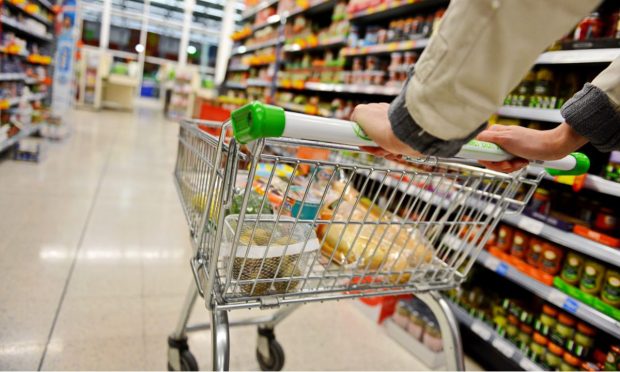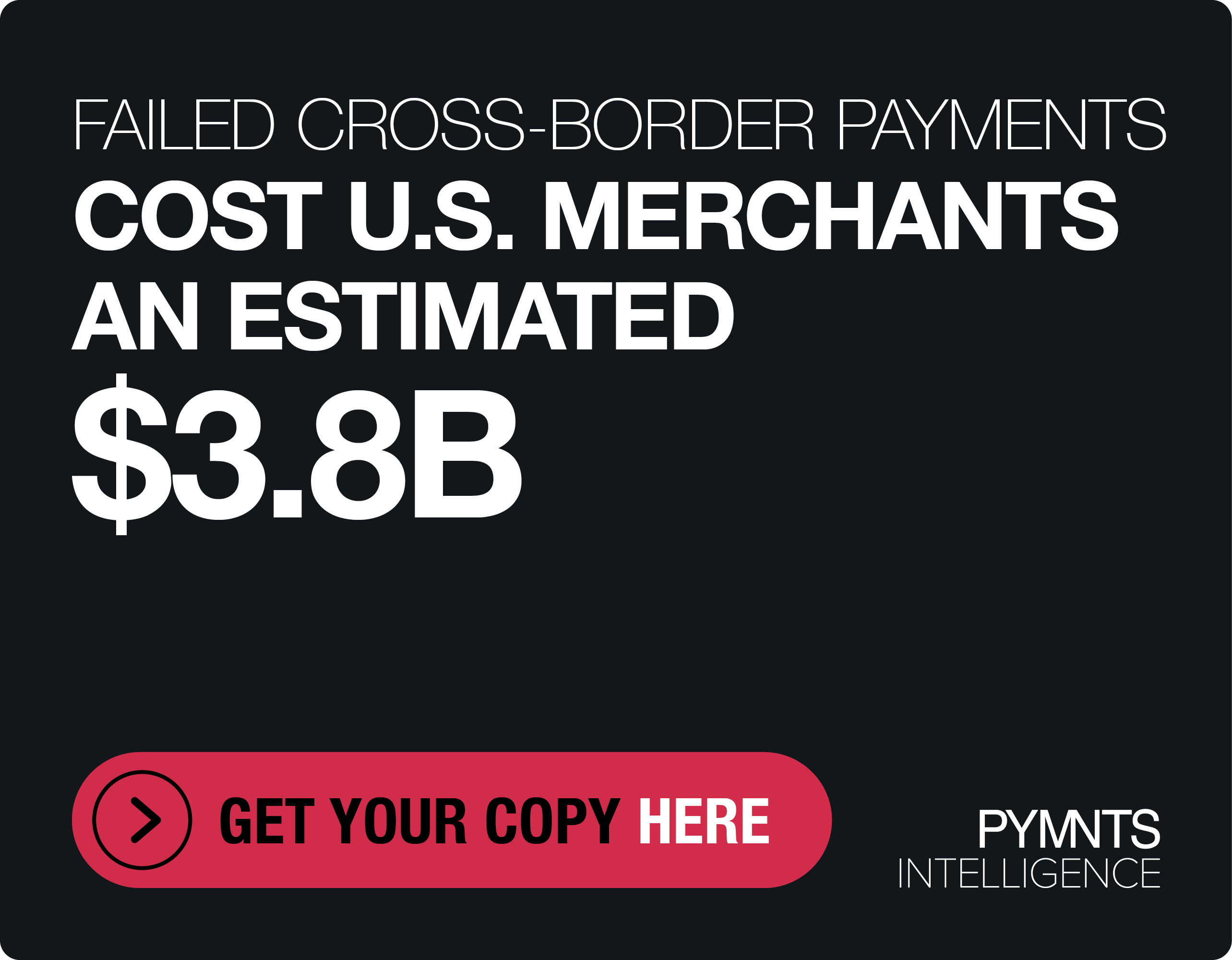Grocery Stores Get Creative to Hide Item Shortages

The ongoing supply chain shortage is leading grocery stores to look for ways to cover up gaps on the shelves, The Wall Street Journal (WSJ) reported.
In the U.K., shoppers have found bulky crates of beer in the aisles for prepackaged meals and boxes of chocolate filling crates on aisles usually for vegetables — a tactic one spokesperson said is used to hide empty racks, according to the report.
The supply chain shortages have been felt all the way down to individual customers, with 17% of U.K. customers saying they’ve been unable to buy goods they need, the report stated. And 58% said supply chain issues have made shopping more stressful. Meanwhile, 41% said the disruptions would cause them to abandon a brand. This has led grocers to keep their stores appearing as if they’re well-stocked.
Grocers have come up with a variety of creative solutions. In addition to stocking aisles with unrelated goods, they are spreading aisles with items that are usually only relegated to one small shelf. More are filling gaps with empty “dummy” boxes, according to the report.
Catherine Shuttleworth, founder and CEO of retail consulting firm Get Savvy Marketing, said in the report the tactics are a way for supermarkets to maintain easier operations as staffing challenges persist too.
“It’s probably quicker and definitely cheaper to put bits of cardboard in than it is to do anything else,” Shuttleworth said, per the report, adding that reorganizing aisles would require more work. She said adding placeholders could also make it so staff wouldn’t be burdened with shopper questions about where the items are.
In the U.S., Kroger and Walmart have taken measures to improve conditions, with Kroger boosting its safety stock of several items and Walmart saying it diverted ships to more empty ports and hired more workers, the report stated. However, smaller grocers have had issues keeping the shelves full and planning which items they’ll have day to day.
Kroger and Walmart have also been experimenting with automation, with the recent developments leading to automated warehouses and driverless trucks being rolled out.
Kroger’s warehouses are a response to the growing popularity of eCommerce since the pandemic began.
Read more: Kroger Leverages Automated Warehouses to Expand Its US Reach as Grocers Eye Robotic Distribution
Walmart’s driverless trucks are a way to sidestep supply chain and labor issues.
See more: Amid Industrywide Labor Crunch, Walmart Rolls out First-Ever Driverless Truck Route
